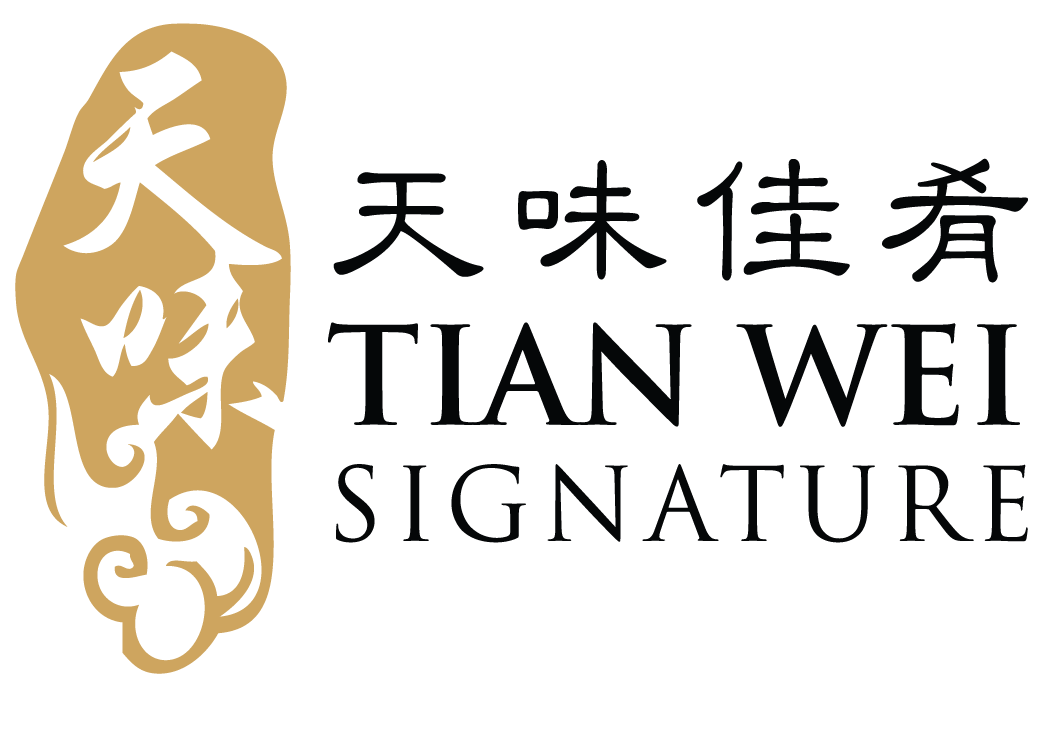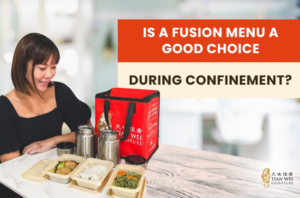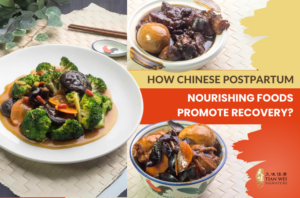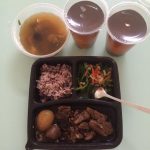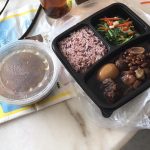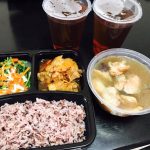81 Tagore Lane, TAG A, #01-11 Singapore 787502 ♦ Reservation : +65 6727 5599
Dietitian Shares: Diet Tips to Promote Wound Recovery After C-Section or Vaginal Delivery
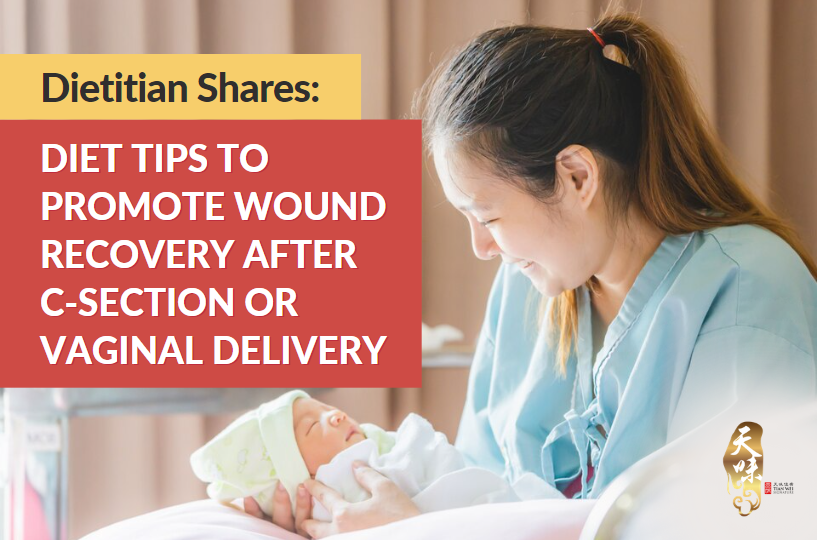
The main concern during the confinement period is wound healing. Both methods of delivery carry their fair share of wounds that mothers will experience.
Delivery via Cesarean section would have a wound in the lower abdominal area. Such wounds are across six different layers of tissues that doctors need to make incisions to deliver the baby safely. On the other hand, vaginal delivery may have wounded at the perineum area which it could be either due to a few-degree tear or episiotomy.
All types of wounds can take a long to recover if mothers are not supported with good nutrition and good hygiene practices.
A diet that supports wound healing is a diet that contains several nutrients such as protein, vitamin A, vitamin B complex, vitamin C, vitamin E, iron, copper and zinc. Protein is the main macronutrient your body needs to repair muscles and build new collagen for wound healing. Amino acids like proline are needed to produce collagen fibres.
Vitamins A, C and E are antioxidants that help to reduce inflammation and promote skin health. Vitamin A, B complex and C are needed by the body to facilitate amino acids to produce collagen fibres for the body. Vitamin C also helps to improve the absorption of iron which is so important as iron is needed to replenish blood loss from the open wound. Minerals like Iron, Copper and Zinc play a role in speeding up the whole wound-healing process too.
This can all be translated into a meal that is of high protein with adequate vegetables and fruits!
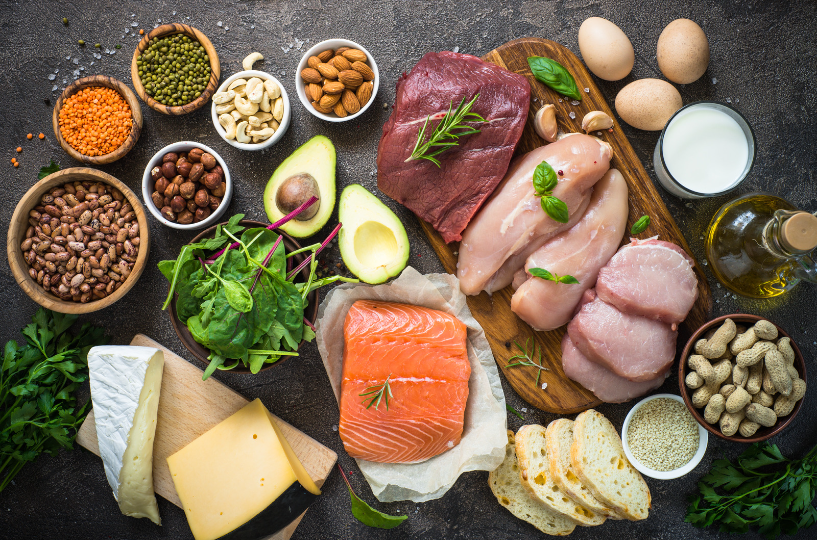
High Protein
Some of the popular confinement food in Chinese style of cooking are good sources of protein such as braised pork trotters in black vinegar, yellow wine chicken, and green papaya fish soup.
Chicken, fish, meat or beef are great sources of protein. Protein sources like fish would also carry Omega 3 fatty acids which are known to be anti-inflammatory. This helps the immune system to regulate and respond more efficiently.
On the other hand, protein from chicken, meat or beef are sources rich in iron! Iron is important for the body to make new red blood cells which are essential in carrying oxygen and nutrients to wound sites to promote wound healing. Many of these high-protein foods carry different minerals too apart from iron such as zinc and copper too.
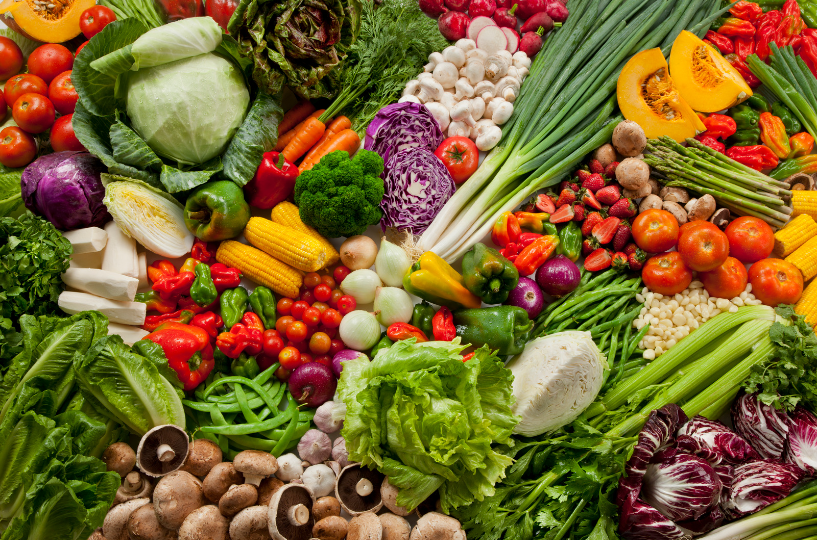
Colourful Vegetables and Fruits
It is recommended that a healthy individual should have a minimum of 2 servings of vegetables and 2 servings of fruits per day as recommended by Singapore Health Hub. Different colours of vegetables and fruits carry different antioxidants and vitamins that will be beneficial for health.
For instance, carrots, pumpkins, papaya and sweet potato are foods rich in Vitamin A. On the other hand foods like capsicum, tomatoes, guava and kiwi are great sources of Vitamin C.
Besides that, fruits and vegetables give the body bulk and fibre to promote healthy bowel movements. It is important to prevent constipation during caesarean or perineal wounds as constipation puts higher pressure on wound sites which may cause discomfort. In severe cases, wound sites may break open and bleed again. Thus, it is important for mothers to enjoy their fruits and vegetables during recovery.
Vegetables and fruits also contain several different antioxidants that are anti-inflammatory and would help the immune system to function optimally during recovery, lowering the risk of falling sick.
Whole Grains
Although staples are not talked about often when it comes to wound healing, it is actually still important as carbohydrates provide energy for the whole body to function.
This may sound really cliche, but it’s true that whole grains are better staple options even during recovery and wound healing. This is because the body during recovery has higher levels of inflammation and cortisol. Cortisol essentially increases insulin resistance in the body, which allows glucose to be more readily available to the muscles and wound sites to recover. However, if glucose is in excess and unregulated, it can delay wound healing.
Thus, eating foods like brown rice, wholewheat bread and corn helps to provide energy to the body without further causing a sugar spike in the blood as compared to refined carbohydrates like white rice and white bread due to the higher fibre content.
Whole grains also contain different Vitamin Bs, which play a role in supporting the immune system to function optimally too. These vitamin Bs also help the body metabolise food into energy.
Summary
These days, there are services that provide confinement food deliveries right to your doorstep. Selecting a provider that provides you with such components in the menu should be heavily considered. A high-protein diet with a variety of vegetables and whole grains is beneficial in supporting wound healing and recovery. If you’re choosing to have home-cooked meals instead, then do consider this as you or your loved ones help to prepare these nourishing meals for you during your confinement period.
